Giving students the right to make choices in their education is not a new idea. In fact, it is one of the foundational ideas of Maria Montessori’s and John Dewey’s systems of education. Over the years research has also confirmed (Goodwin, 2010) that giving students a greater role in directing their own education increases motivation and student learning outcomes.
While in secular education progressive educators have long been moving in the direction of increasing student choice, Jewish education has been slow to adapt.
Two main barriers have been limitations in curriculum and methodology. In secular studies, there are easy-to-identify areas of flexibility in subject matter. Students can choose to do a project on one of many topics in almost any subject and still fit within the curriculum’s standard. However, in Jewish studies, we often focus on a particular set of texts. This does not seem to allow for as much student choice.
The second challenge has been the limited tools that students can access to express their learning. In secular studies, students can demonstrate learning in so many ways -- from taking on a research project to building a model to conducting an experiment, and more. On the Judaics side, educators often wonder how to offer students various means of expression about the same text.
One solution many Jewish schools have tried is to move away from a focus on text study. This allows instructors to model their classes’ activities on a secular studies model with an emphasis on creative projects. This approach, however, leaves educators with a dilemma. Do we limit the amount of choice offered to students, or do create more opportunities for choice and creativity by limiting our emphasis on textual studies?
The Judaic Studies team at Stars of Israel Academy does not see this as an “either-or” proposition. We have experimented with a different approach to learning that incorporates a balance of both text study and student choice.
We see the learning process, itself, as a chance to offer choice when engaging in texts. As an example, students can differ in their preferred ways of rehearsal strategies. Some may choose to learn with a chavruta, others may prefer to use flash cards individually, and still others may feel most comfortable by annotating their texts. The use of technology gives even more possibilities.
Educators can also offer students choice in final learning presentations that demonstrate an understanding of the text. Technology can be a valuable tool in this area, as well. For instance, some students may choose to present a video of themselves reading and translating a text. Others may opt to create an interactive text with their translations and explanations becoming audible when the words are touched on the screen. Animated slideshows are another technology-integrated student product where learners can include knowledge about texts into their creative work.
It takes a different approach to teaching and learning for an instructor to design a classroom where students are given a range of options during a study period. It also takes time for students to become comfortable using different learning tools and technologies to their advantage. However, the increase in student motivation and intrinsic desire to learn are well worth the tradeoff in our experience.

